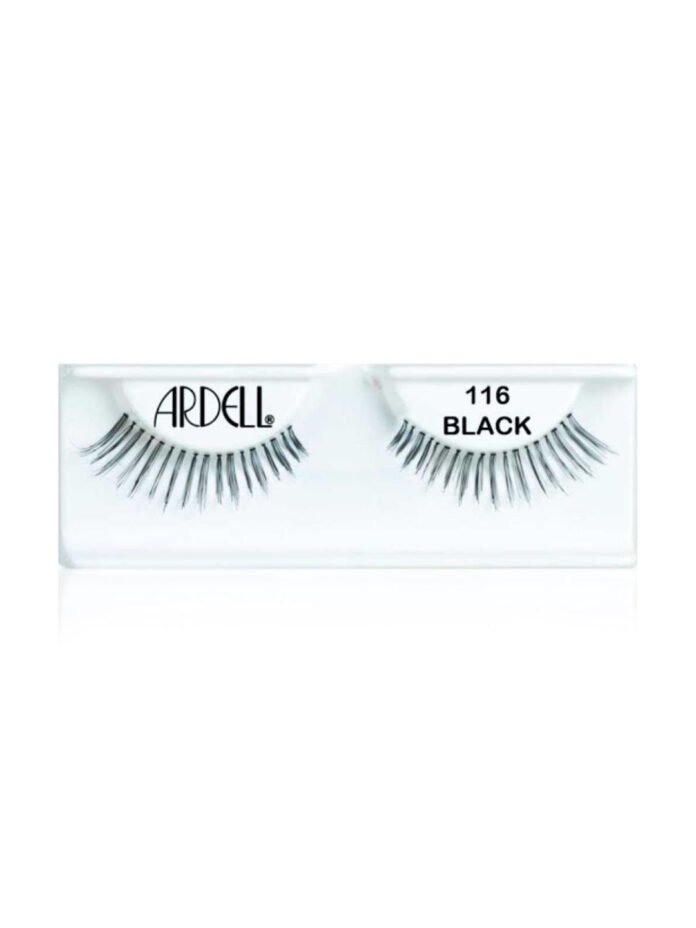Whether you’re a beauty professional or an at-home enthusiast, there’s much to learn about eyelash extensions. Those who want to get them professionally done will have many questions like- What tools are needed? How should they be applied? And what happens if they fall out? The truth is that the process can feel overwhelming at first. But once you get the hang of it, it’s pretty easy! This article will cover everything you need to know about applying for eyelash extensions—from choosing the right tools to putting on your lashes and caring for them afterwards.
Eyelash cleaning
You should get extensions like Ardell Lashes that can be easily cleaned with mild soap and warm water. Do not use oil-based cleansers or products containing alcohol or acetone to clean the extensions, as it might damage them.
Sizing
Eyelash extensions come in different sizes, varying in length, width, and thickness. The size you need depends on the look you want to achieve; one can accomplish this through Ardell Lashes—if you want thick lashes that are short and wide (like the kind you see on celebrities), then your best bet would be a 0.15-inch lash band with a 0.07-inch diameter. If you want longer lashes that aren’t as thick or full-looking as those above, go with a 0.20-inch lash band but keep the exact diameter measurement of 0.07 inches!
In general, though:
- Longer eyelashes = thinner bands
- Shorter eyelashes = thicker bands
Aesthetician tools
You will need the following:
- Eyelash curler, preferably heated.
- Eyelash comb
- Eyelash glue (we recommend Duo)
- Scissors or a clipper/cutter for trimming the extensions if necessary
- An eyelash brush and tweezers for removing any fall-out or excess glue from your natural lashes
Fanning your eyelash extensions
Now that you’ve ensured your eyelash extensions are the right length and thickness, it’s time to fan them. Fanning is integral to the lash extension process because it lays down any excess glue to prevent clumping. It also ensures that all your lashes are flat on one another, so they’re not sticking up or too far apart.
To do this, use a fanning tool (also called a comb). You can find these at beauty stores or online; they look like miniature combs with tiny metal teeth on one side and no teeth on the other. Place each side against your natural lashes and gently pull the tool through them in the same direction as their growth pattern—this will help them lie appropriately against each other when you apply mascara later on!
Tweezer types
Tweezers are used to apply for eyelash extensions. The type of tweezers you use will depend on the type of extensions you are applying:
- Use a pointed-tip tweezer with fine tips and tiny jaws when wearing single-length lashes. This helps ensure that you don’t damage your natural lashes while removing excess glue from the extensions.
- If you’re applying individual mink-style lashes, select a pair with angled jaws, so it’s easier to grip each lash and place them on top of your natural lashes.
You can purchase tweezers at a beauty supply store or buy them at home if needed.
Eyelash extension aftercare
After you have your eyelash extensions applied, follow these tips to keep them looking their best:
- Use a mild oil-free cleanser to remove makeup at the end of the day. Avoid waterproof makeup and rubbing eyes to prevent the lashes from pulling out or falling off.
- Avoid using harsh products on your eyelashes, such as mascara, for at least four weeks after installation. This will help prevent breakage and ensure that they grow healthy and strong!
Knowing what you’re doing is great
Once you’ve mastered the basics, it’s time to practice yourself. This is an excellent opportunity to learn how to apply for eyelash extensions with the right tools and techniques. The more confident you are in your ability, the better results will be for your clients!
Knowing what you’re doing is just as important as knowing how to care for them properly. When applying for eyelash extensions, you must disinfect any tweezers that come into contact with the skin by dipping them into rubbing alcohol or using disposable ones instead of reusable ones that can’t be disinfected as well.

